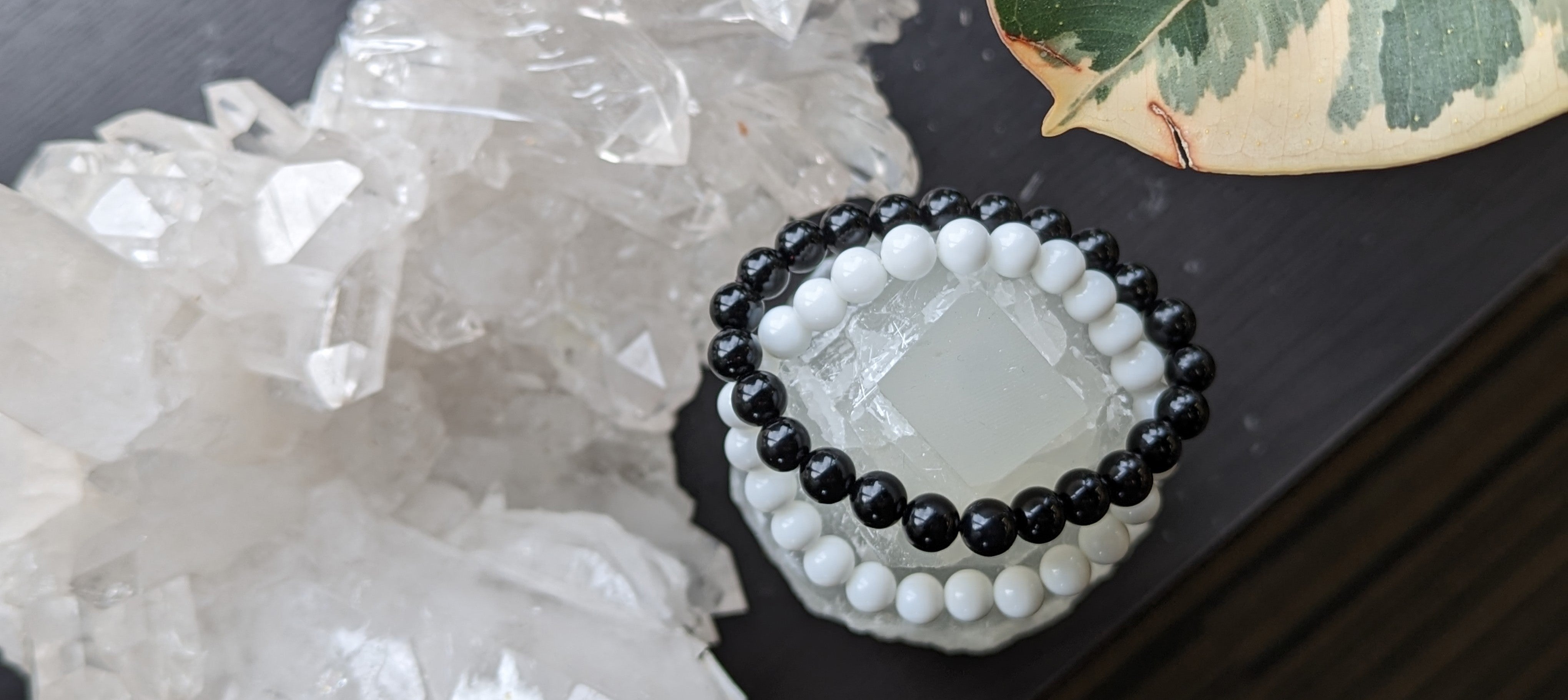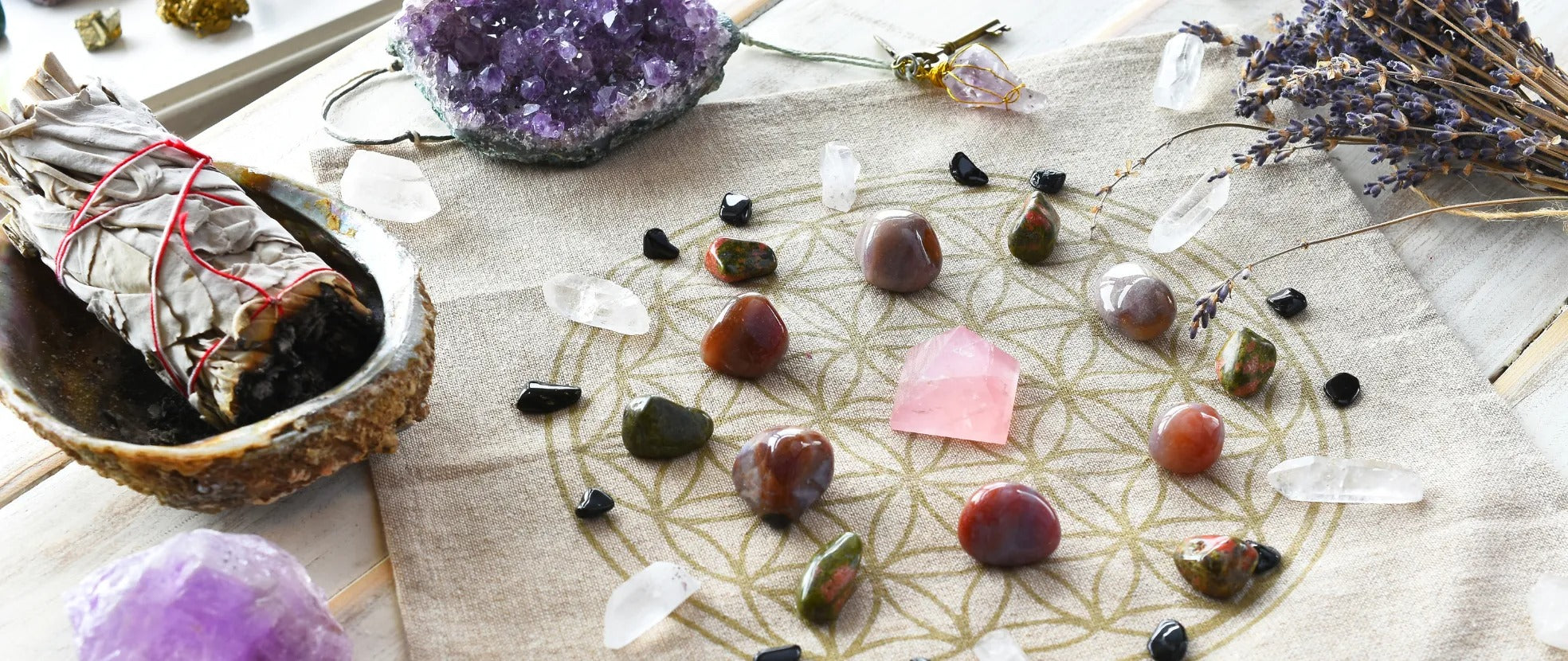Albite is a white or translucent rock-forming mineral. It is often ground and mixed with quartz and kaolin to create ceramics. It is also used in manufacturing glass. Rainbow Moonstones are a derivative of Albite, which are produced by cutting and polishing the mineral. It is important in the study of crystal formations and mineral environments.
Read on to learn more about the history of Albite and its properties.
The Physical Properties of Albite
Albite has a Mohs hardness of 6 to 6.5, which means it is harder than glass and that sharp objects like a knife can barely scratch it. It is one of the six varieties of feldspars (rock-forming minerals that contain calcium, sodium, or potassium) connected to the plagioclase series.
Albite can be colourless, white, light yellow, cream, light blue, light brown, gray, pale red, or light green. Some varieties of Albite are iridescent with a beautiful shimmer.
Albite is the last type of feldspar to crystallize from molten rock. During the final stages of the crystallization process, the rare elements are isolated together with the rare and beautiful minerals, and so does Albite.
Even if it isn't a one-of-a-kind mineral, Albite can be a great accessory mineral to other kinds of minerals. For example, the Albite variety Cleavelandite is associated with Tourmaline to form thin, platy, and white (sometimes transparent) crystals.
Albite crystals are commonly flat and bladed. They can also form as short, stubby, tabular and tall prismatic crystals. These crystals often occur in compact groupings and rarely form as single crystals. Other Albite crystals can form as massive, grainy, columnar, coxcomb, or rosette.
The History of Albite
The name Albite comes from the latin word albus which means white, alluding to the usual colour of the mineral. This rock-forming mineral was first discovered in Sweden in 1815.
Compared to other feldspars, Albite takes a longer time to get crystallized. Because of this, the mineral can’t take on a large and well crystallized form. Albite can be found in Canada, Brazil, Labrador, and the Scandinavian Peninsula.
The Lore of Albite
This plagioclase mineral can be distinguished from its potassium feldspar counterpart through its white to gray colour (potassium feldspars have more pink and reddish shades). And unlike potassium feldspars, Albite has fine parallel lines called striations on its cleavage surfaces.
Albite is believed to help treat eye, blood, and muscle problems.* People also use it to clarify their thoughts, improve their confidence, and come up with possible solutions to their problems. It is also believed to connect a person with their higher self as well as interpreting and understanding psychic experiences.
The Metaphysical Properties of Albite
Albite may enhance a person's ability to relate with others tactfully. People also use Albite to boost their courage and to better adapt to uncertain situations. This rock-forming mineral is thought to cleanse and purify the blood as well.
Albite crystals are associated with the third eye chakra, helping its user to take decisive action, break free from the fear of the unknown, and welcome growth-inspiring change in life.
*There is no scientific evidence that supports the effectiveness of mineral stones and crystals in treating ailments. Scientists attribute the healing impact to the placebo effect that takes place when using stones and crystals. Holding stones and meditating with them is said to trigger the release of feel-good hormones (endorphins and dopamine) in the brain.
Sources:
Hudson Institute of Mineralogy. Albite. Mindat.org. Retrieved February 9, 2021, from https://www.mindat.org/min-96.html#autoanchor23
The Mineral Albite. Minerals.net. Retrieved February 9, 2021, from https://www.minerals.net/mineral/albite.aspx
Britannica. Feldspar. Britannica.com. Retrieved February 9, 2021, from https://www.britannica.com/science/feldspar
Shimmerlings. Albite. Shimmerlings.com. Retrieved February 9, 2021, from https://www.shimmerlings.com/gemstones/albite/
Albite. Soils.wisc.edu. Retrieved February 9, 2021, from https://soils.wisc.edu/facstaff/barak/virtual_museum/albite/albite_tx.html
Marshall, L. Can Crystals Heal? Separating Facets from Facts. Webmd.com. Retrieved February 11, 2021, from https://www.webmd.com/balance/news/20180116/can-crystals-heal-separating-facets-from-facts





